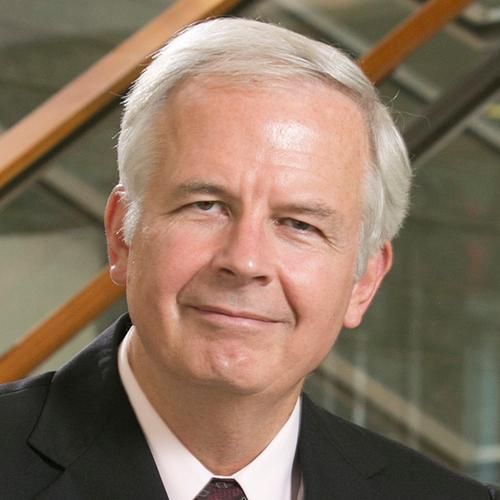Porcine endothelial cells cocultured with smooth muscle cells became procoagulant in vitro.
Endothelial cell (EC) seeding represents a promising approach to provide a nonthrombogenic surface on vascular grafts. In this study, we used a porcine EC/smooth muscle cell (SMC) coculture model that was previously developed to examine the efficacy of EC seeding. Expression of tissue factor (TF), a primary initiator in the coagulation cascade, and TF activity were used as indicators of thrombogenicity. Using immunostaining, primary cultures of porcine EC showed a low level of TF expression, but a highly heterogeneous distribution pattern with 14% of ECs expressing TF. Quiescent primary cultures of porcine SMCs displayed a high level of TF expression and a uniform pattern of staining. When we used a two-stage amidolytic assay, TF activity of ECs cultured alone was very low, whereas that of SMCs was high. ECs cocultured with SMCs initially showed low TF activity, but TF activity of cocultures increased significantly 7-8 days after EC seeding. The increased TF activity was not due to the activation of nuclear factor kappa-B on ECs and SMCs, as immunostaining for p65 indicated that nuclear factor kappa-B was localized in the cytoplasm in an inactive form in both ECs and SMCs. Rather, increased TF activity appeared to be due to the elevated reactive oxygen species levels and contraction of the coculture, thereby compromising the integrity of EC monolayer and exposing TF on SMCs. The incubation of cocultures with N-acetyl-cysteine (2 mM), an antioxidant, inhibited contraction, suggesting involvement of reactive oxygen species in regulating the contraction. The results obtained from this study provide useful information for understanding thrombosis in tissue-engineered vascular grafts.
Duke Scholars
Published In
DOI
EISSN
ISSN
Publication Date
Volume
Issue
Start / End Page
Related Subject Headings
- Transcription Factor RelA
- Tissue Engineering
- Thromboplastin
- Swine
- Reactive Oxygen Species
- Myocytes, Smooth Muscle
- Endothelial Cells
- Cytoplasm
- Coculture Techniques
- Biomedical Engineering
Citation
Published In
DOI
EISSN
ISSN
Publication Date
Volume
Issue
Start / End Page
Related Subject Headings
- Transcription Factor RelA
- Tissue Engineering
- Thromboplastin
- Swine
- Reactive Oxygen Species
- Myocytes, Smooth Muscle
- Endothelial Cells
- Cytoplasm
- Coculture Techniques
- Biomedical Engineering

